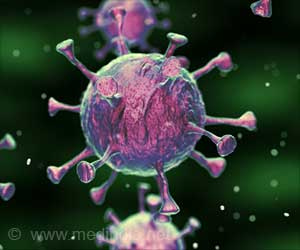Wei Wu, PhD, assistant research professor of neurological surgery at IU School of Medicine, said the spinal cord injury model damaged the connection between the left hemisphere of the brain and the right side of the body, leading to a significant functional deficit to the right forelimb.
“The skilled function of upper limbs is very important for the quality of life in the patients with cervical spinal cord injury, but such functional recovery is very difficult to achieve in the severe injury,” said Wu, first author of the paper and a member of the Spinal Cord and Brain Injury Research Group at Stark Neurosciences Research Institute.
Brain and Spinal Cord Injury
“We found that the intact corticospinal system in the opposite side of the brain and spinal cord can be modulated to at least partially take over the control of the forelimb that is damaged by the spinal cord injury, resulting in a forelimb functional improvement.”
Advertisement
Each hemisphere in the brain controls the opposite side of the body, Wu added. Knowing this, the researchers discovered a spontaneous shift of the neural circuits after injury from the left hemisphere to the right. Although there are connections between the right hemisphere of the brain and the right side of the body through some relayed pathways after injury, Wu said that’s not sufficient to support the motor recovery.
The team used an optogenetic neuromodulation strategystimulation using lighton the right hemisphere of the brain to modulate the motor cortex. This shifted additional neural circuits from the left side to the right side of the brain to dramatically increase and improve forelimb function.
“New circuits in the whisker, jaw forelimb and neck areas in the right hemisphere of the brain are recruited to control the right forelimb,” Wu said. “Interestingly, the beneficial neural plastic changes emerge both in the brain and the distal spinal cord after the optogenetic neuromodulation was applied on the motor cortex.”
Wu said results of the study showed significant improvement to the forelimb; however, there are still many challenges ahead, since the complete digital recovery is not succeeded.
The research team will continue to understand and mediate this transhemispheric neural reorganization to further improve the functional recovery after the spinal cord injury, Wu said. He hopes the discoveries from this study will be translated to a clinical therapeutic strategy for patients with spinal cord injuries.
31
All suggestions
Source: Eurekalert



